
The Challenges & Opportunities of Sustaining Open Source Ecosystems
Open Innovation for Earth Observation Programmes
2-4 November 2022 | ESA-ESRIN | Frascati (Rm), Italy

Reflect on lessons from running an OSS community for the past decade
Scaling those practices to diverse audiences
and training research teams to build sustainable open-source ecosystems
Karthik Ram

University of California, Berkeley
@berkeley.edu
Berkeley Institute for Data Science
Pathways for Enabling Open Source Ecosystems
Lessons from a decade of OSS community building
01


In the early days, our core team built software for researchers
Early days of engaging with our community

Then we began accepting contributions. But 1:1 took a lot of time & effort
Inbound Contributions

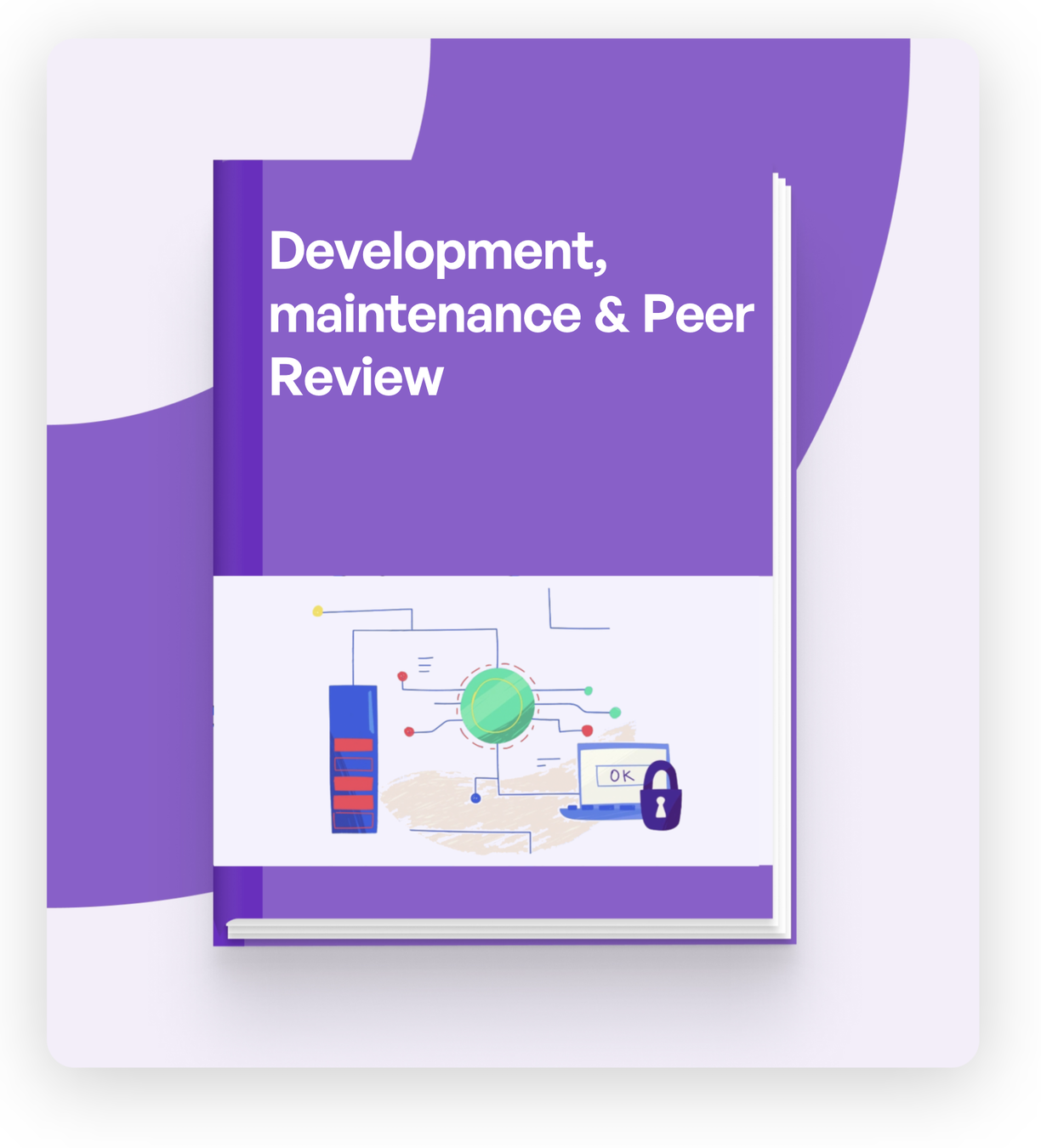
The rOpenSci Dev Guide
Best practices for software development documented in a living book
Created a system to peer-review software
Creating a process for standardized peer-review

Became inspiration for The Journal of Open Source Software & PyOpenSci
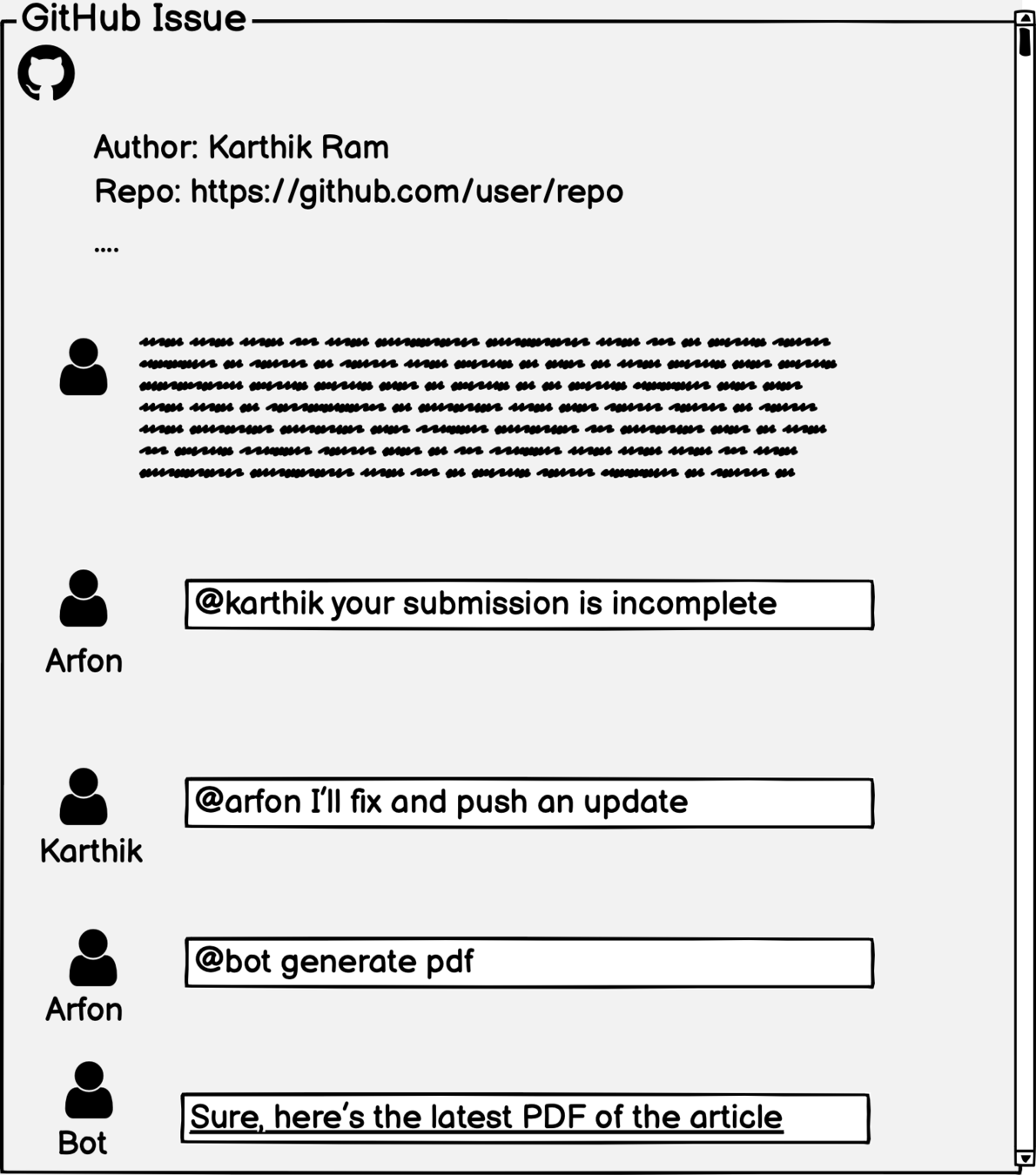

Ignores conversations between humans
Jump in when called

Perform <actions>
return <output>

Enabling others to set up & host their own communities

Built r-universe, a system that allows any community to easily set up their own rOpenSci








CSCCE Collaboration Model
Convey, Consume
Contribute
Collaborate
Co-Create
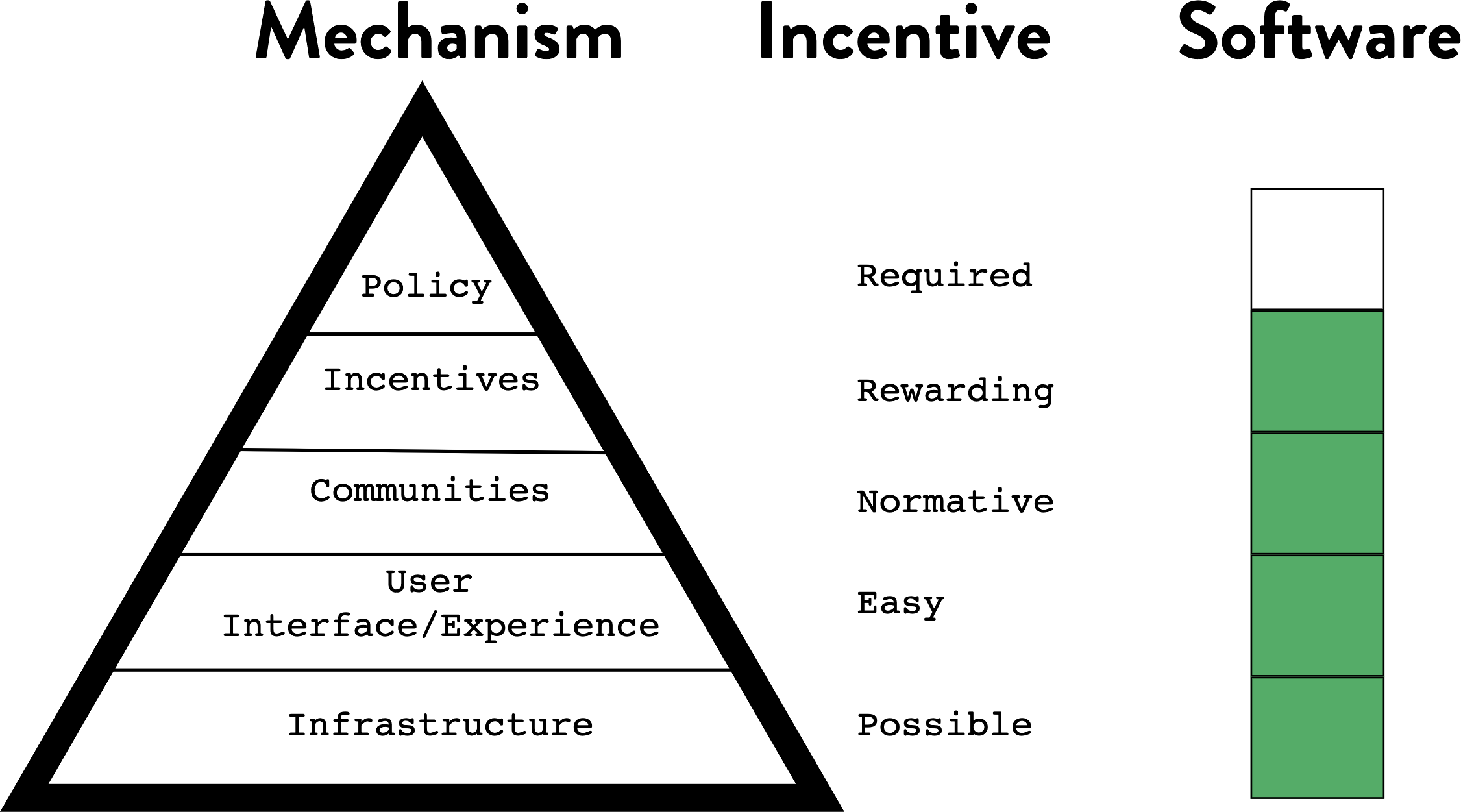
Theory of Change
Open source was hard
UX became better
COPs emerged
Credit e.g. JOSS
OSPOs & Open Source Policy
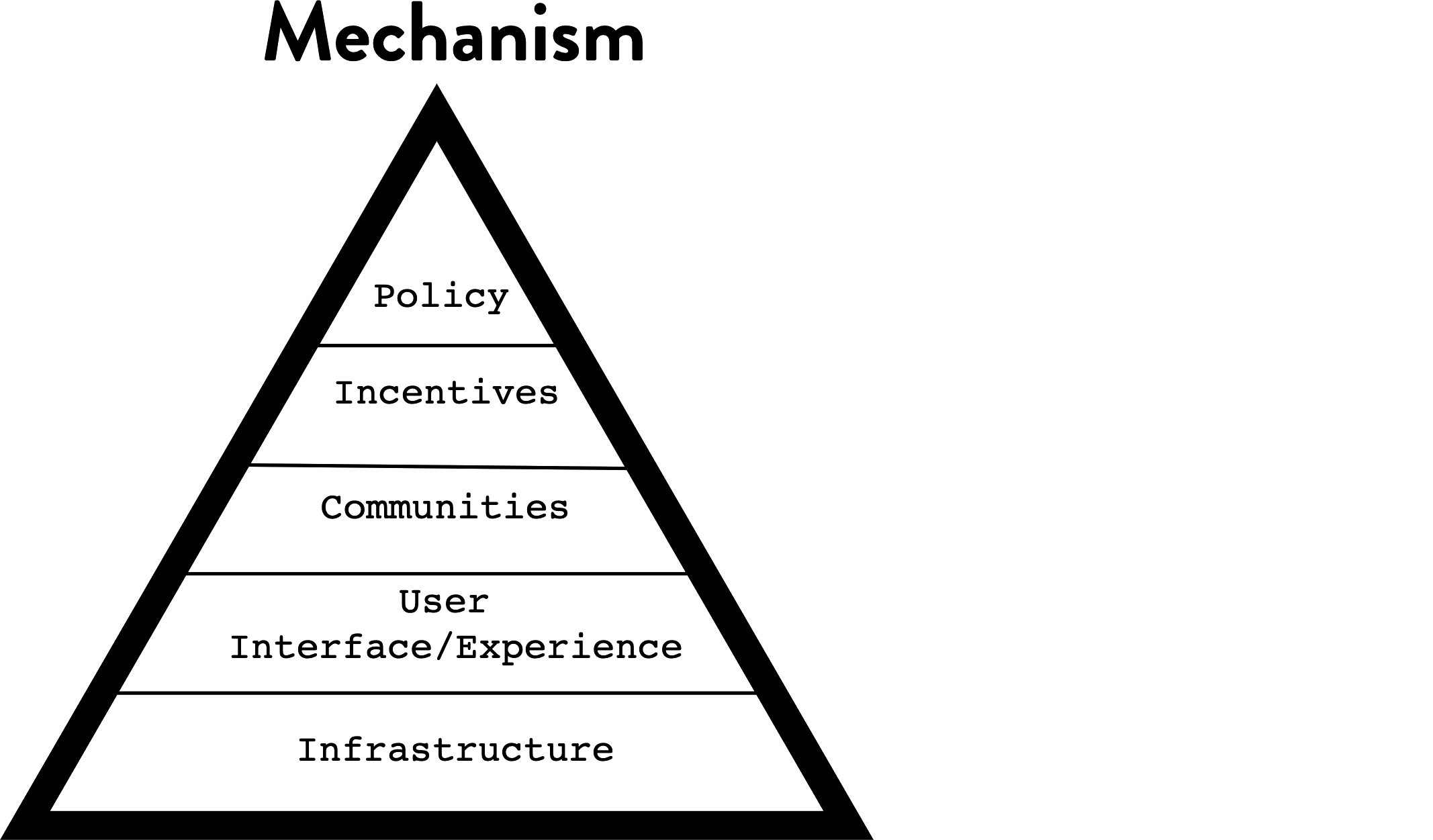
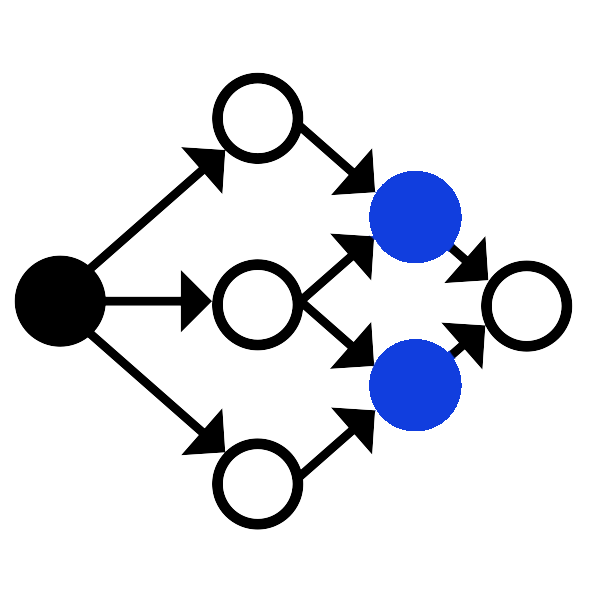
Think about your stack as an OPSO
Challenges to sustainability
02

What does success look like for an open source project?
It depends
Do you support a user community, developer community, or both?
High user growth
Low user growth
High contributor growth
Low contributor growth
FEDERATION
CLUB
STADIUM
TOY

CHAOSS Metrics




CHAOSS Metrics
Success
Sustainability
Risk
Health
# Contributors, Users, Developers, Diversity, Growth and social diversity, openness index…
Quality model, Development base, size of niche, financial resources, resilience, relationships among people
Bus factor, Truck factor, Elephant factor…
Social health, Gender bias, Positive experience, Robustness, Productivity
Enabling Open Source Ecosystems (OSE)
03

Governance

Having a robust process around decision making and managing social collaboration
Organizational Management

The need to establish a managing organization from which to guide their growth
Community Management

Processes around building relationships within & across communities
Systems Health Considerations

Issues around OSS security & vulnerabilities, potential harm to communities
Business perspectives

Having a clear picture around invisible infrastructure costs and resources (funding and otherwise)
Security
Community
Sys Health
Governance
Business plan
Various factors enable open-source projects to become sustainable OSEs
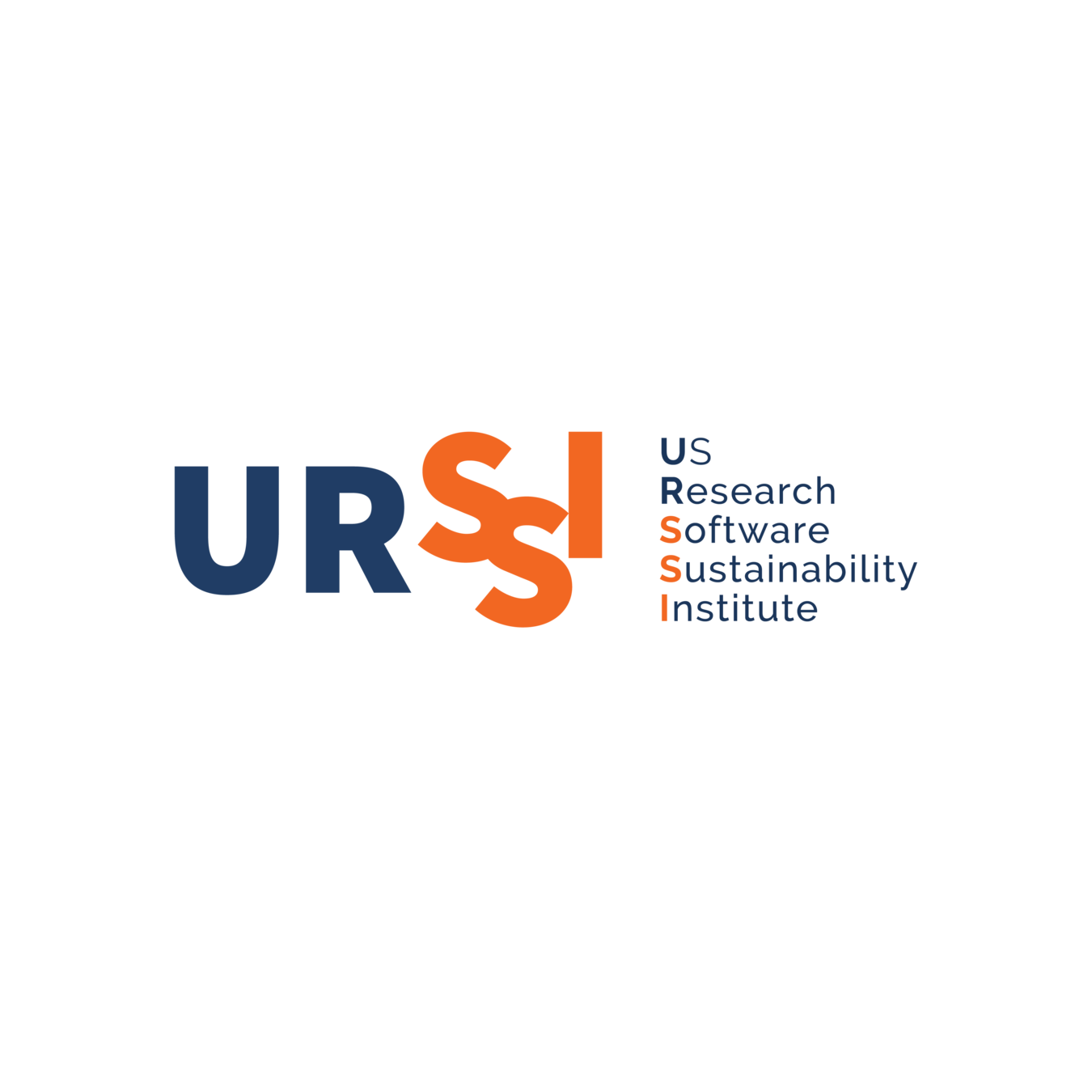
Pathways for Enabling Open Source Ecosystems
Modest federation supporting software development in environmental sciences and statistics
Virtual institute to support best practices & community for research software development
Training to enable open source ecosystems to become more sustainable
Some takeaways
04

i
SCALING
Scaling impact of our open source activities was hard

ii
Co-creation
Supporting the community in co-creating tools was the way forward

iii
Ecosystem level support
Support your OSS developers in creating sustainable ecosystems

Challenges, solutions, & recommendations
01
CHALLENGES
Scaling of our activities was hard
02
03
SOLUTIONS
Enabling the community to co-create
RECOMMENDATIONS
Build a community of practice and enable OSS ecosystems to thrive
bit.ly/esrin